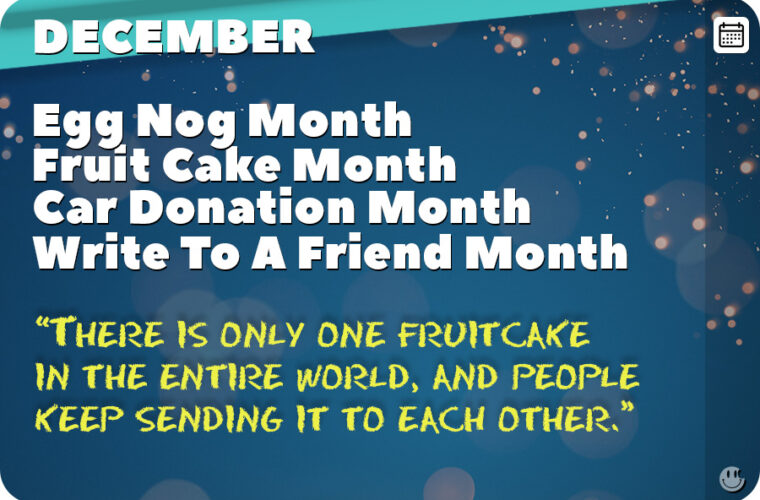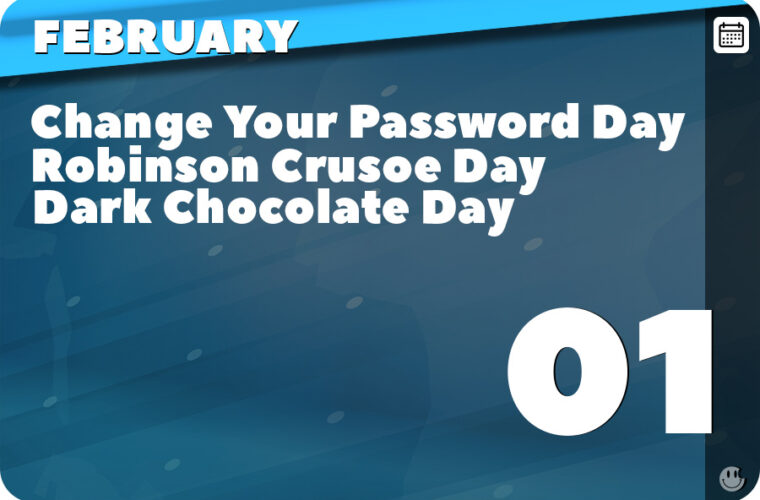
|
Zoot Suit Riots in Los Angeles |
The Zoot Suit Riots were a series of violent confrontations between U.S. servicemen and Mexican American youths, primarily in Los Angeles, California. The conflict stemmed from racial tensions, social inequalities, and the cultural significance of the zoot suit, an extravagant and oversized suit worn by many young Mexican American men during the 1940s. The riots highlighted the deep-seated racial and social issues in the United States during World War II. Details:
Effects on Pop Culture: The Zoot Suit Riots had a notable impact on popular culture at the time and in the years since. Some examples include:
Prominent People and Countries Involved:
The Zoot Suit Riots in Los Angeles were a series of violent clashes between U.S. servicemen and Mexican American youths, sparked by racial tensions and the cultural significance of the zoot suit. The event has had a lasting impact on popular culture, inspiring literature, film, and music, and serving as a reminder of the racial and social issues that persisted in the United States during the 1940s. |









